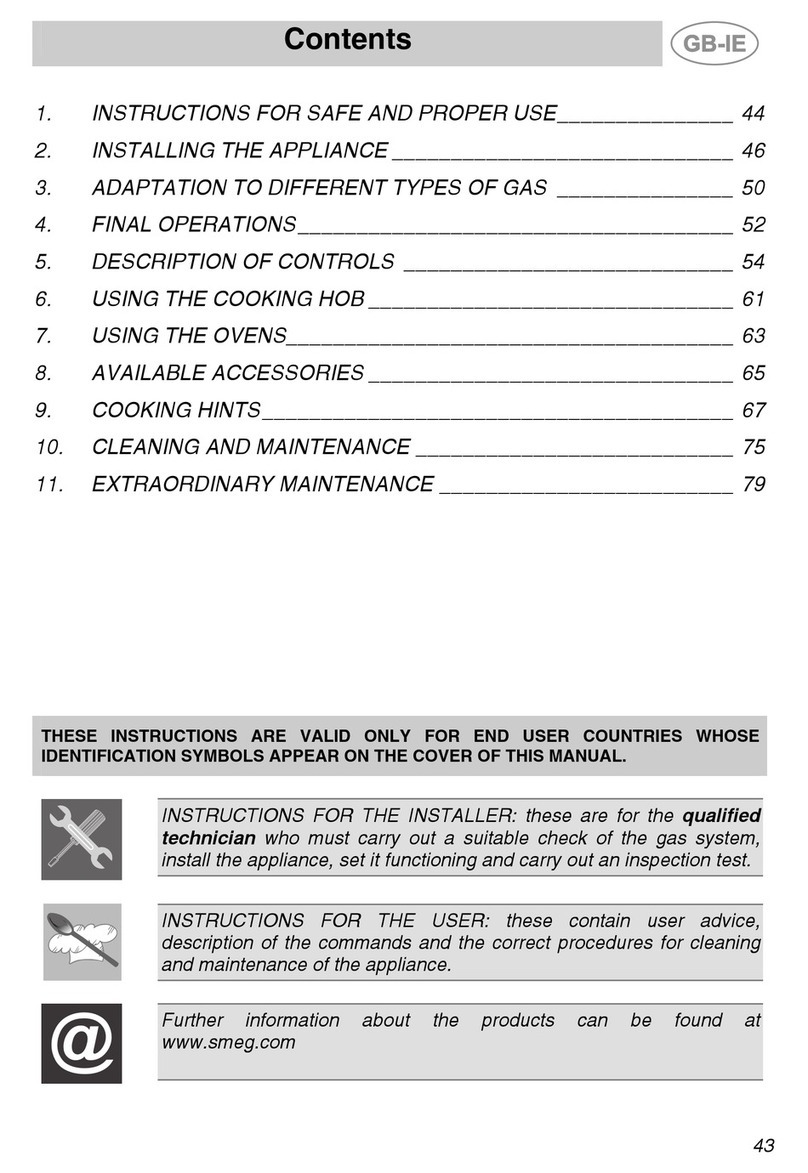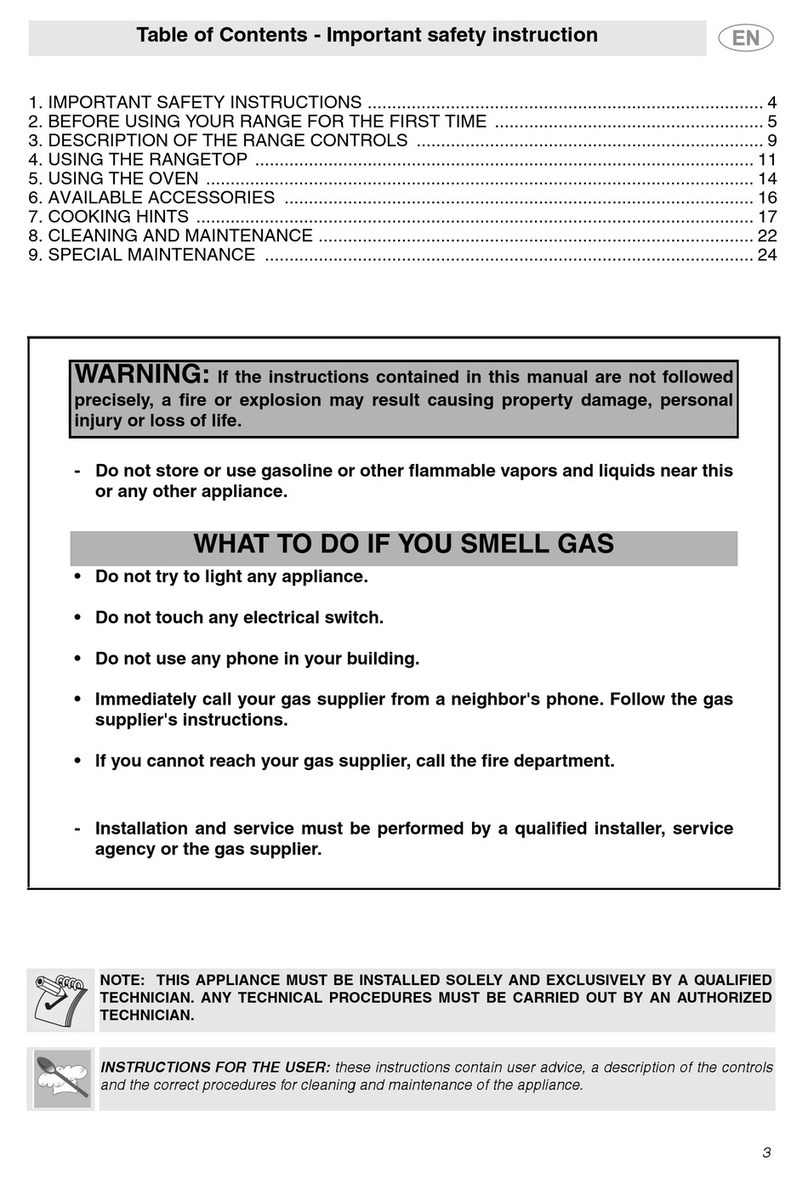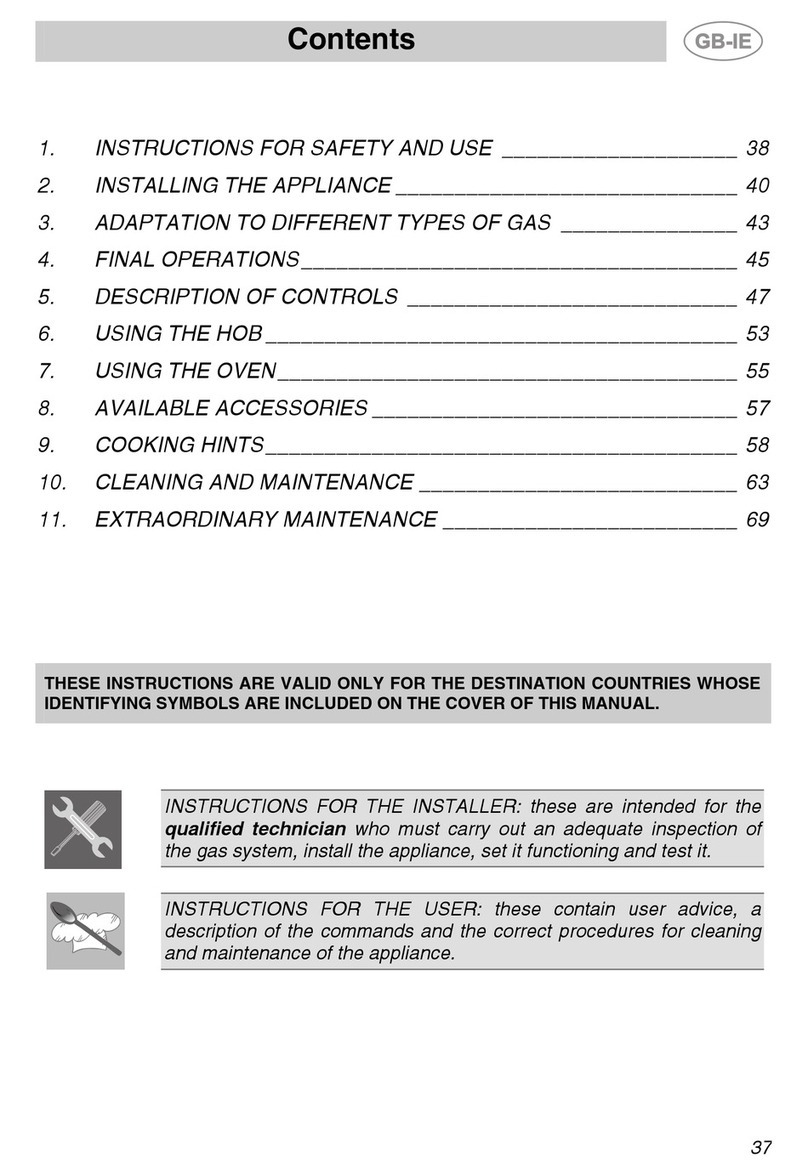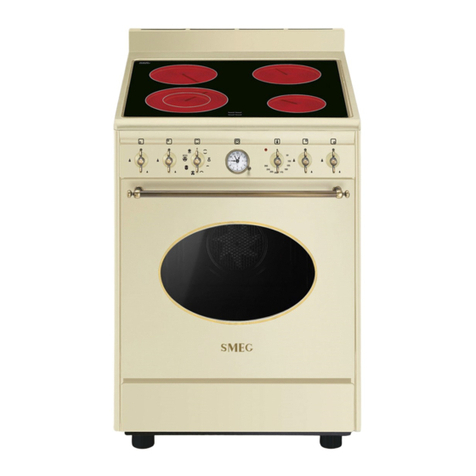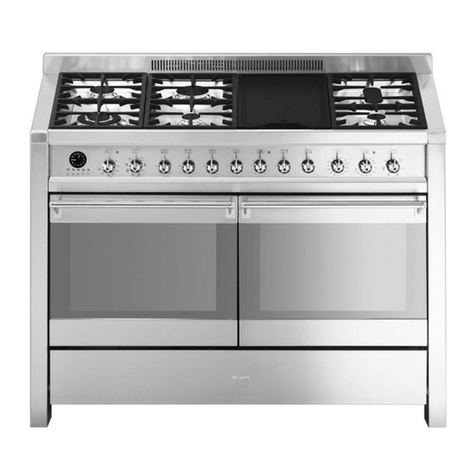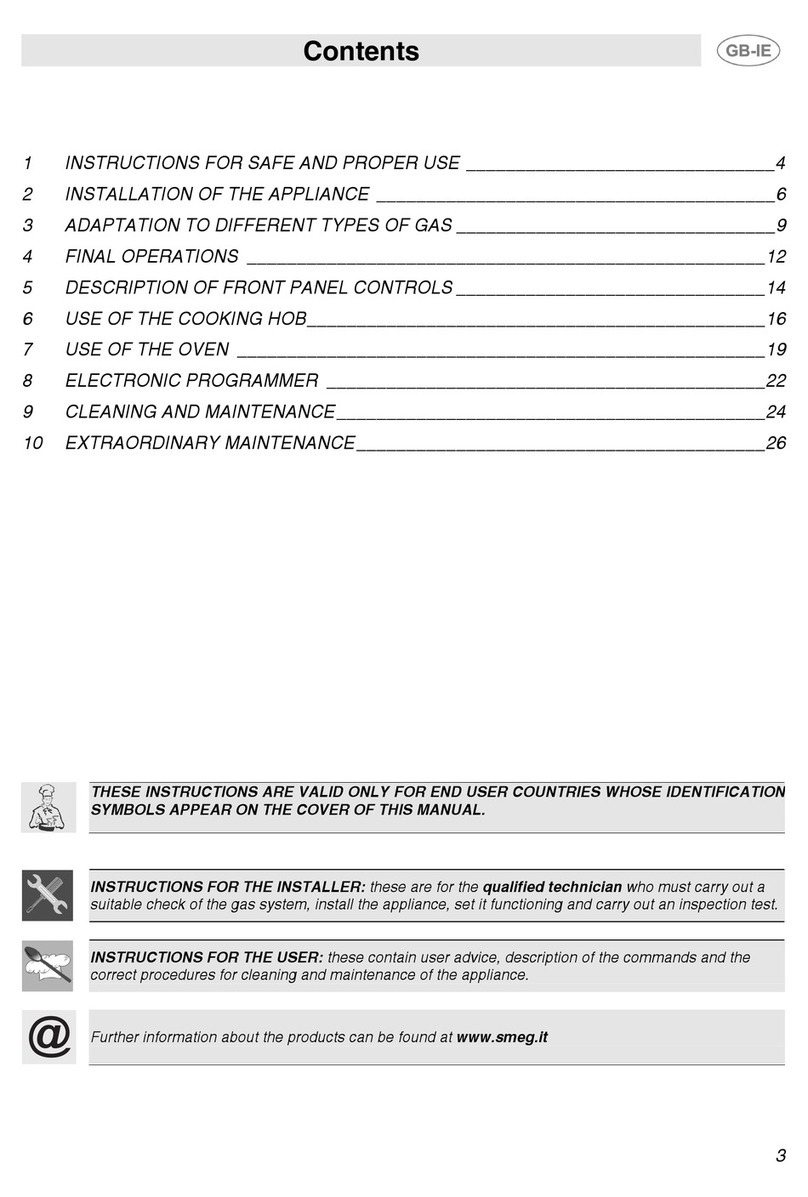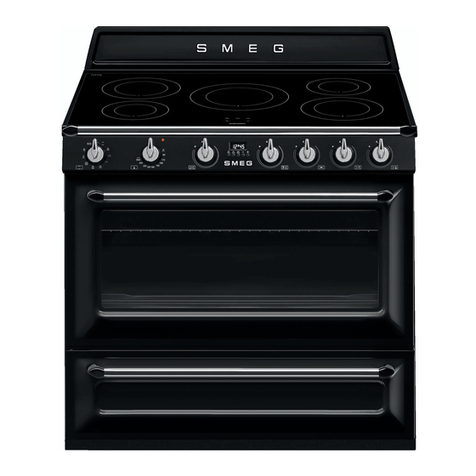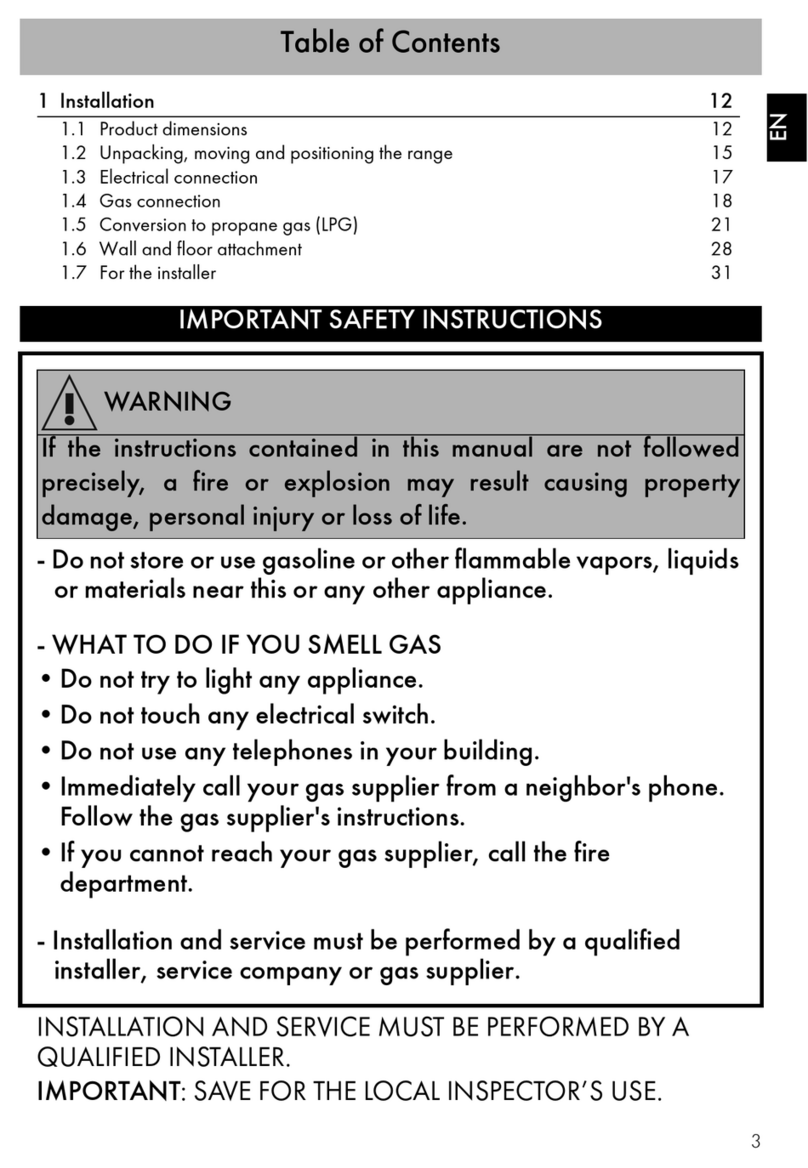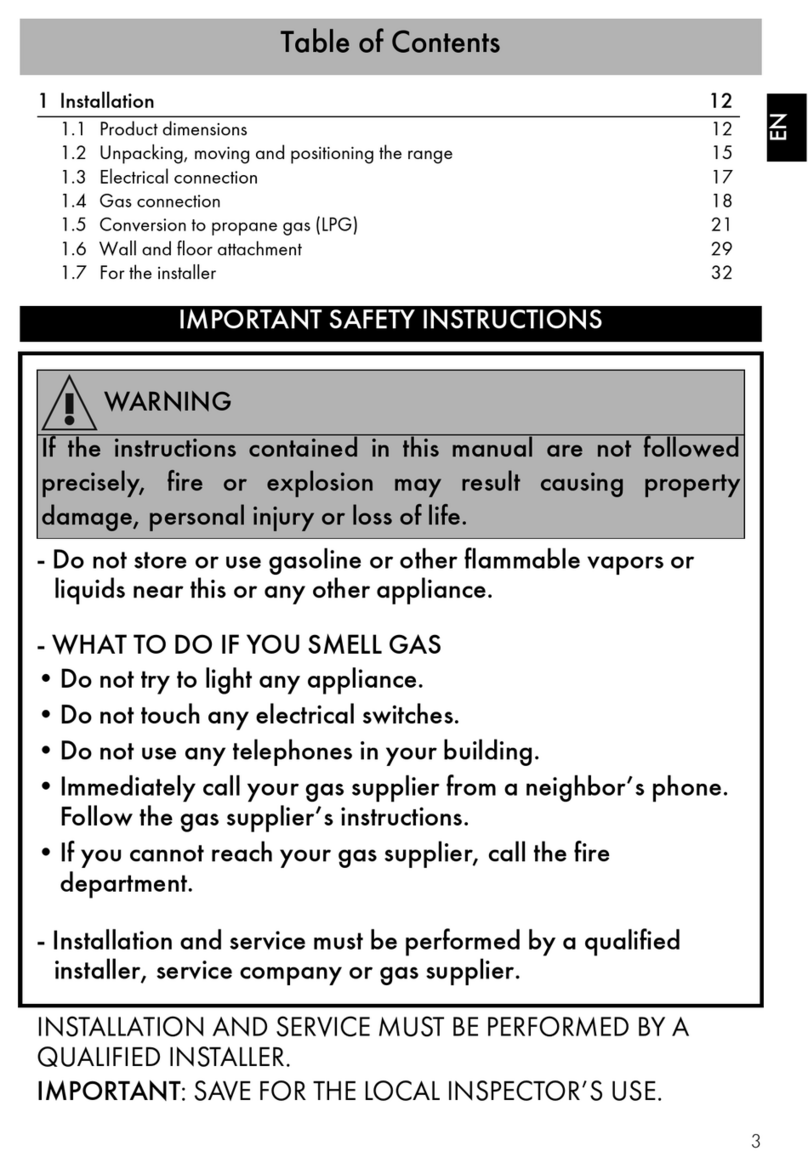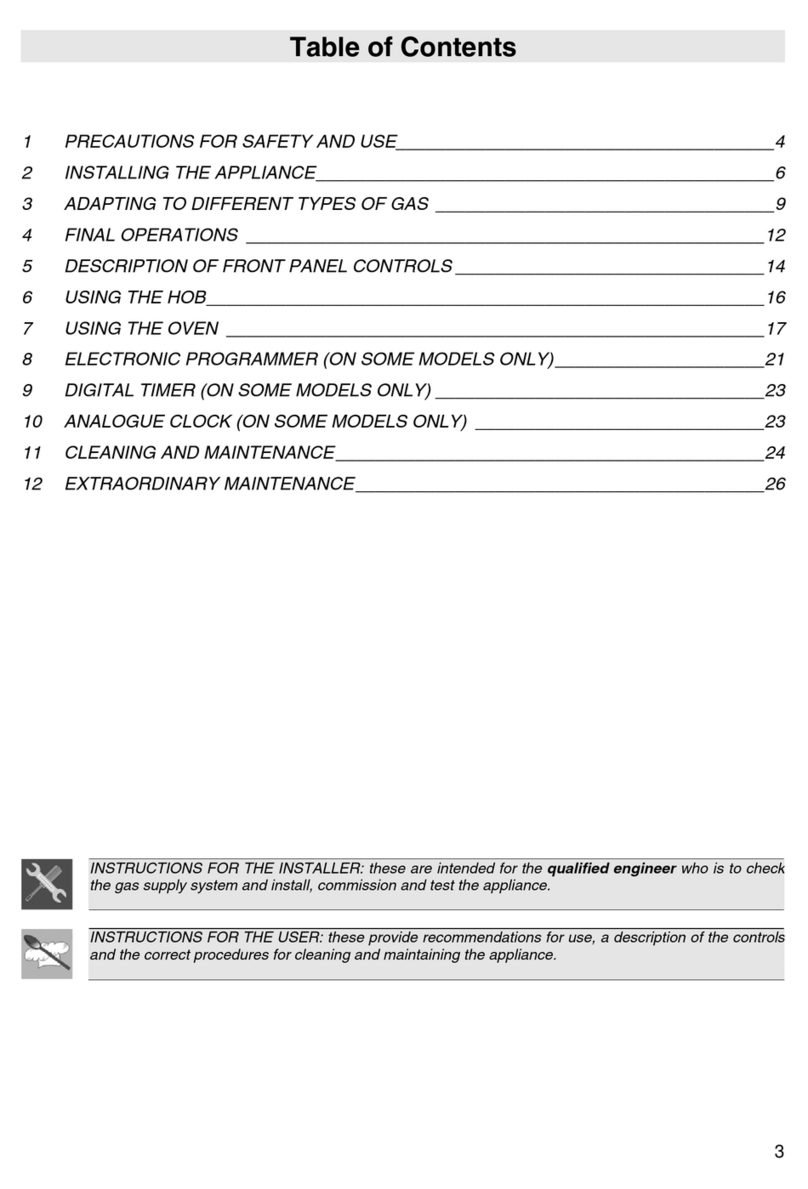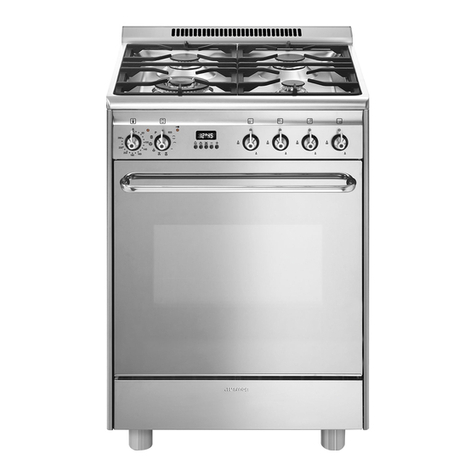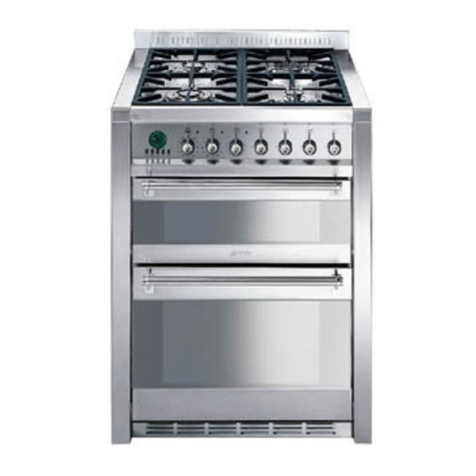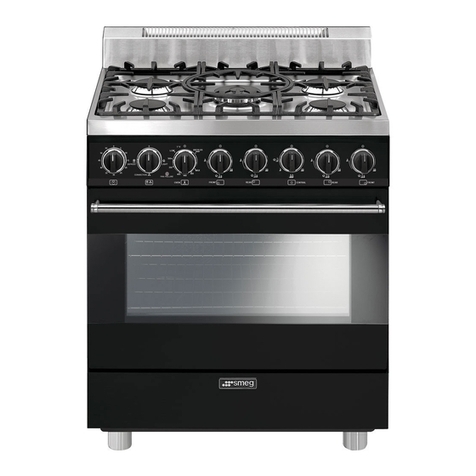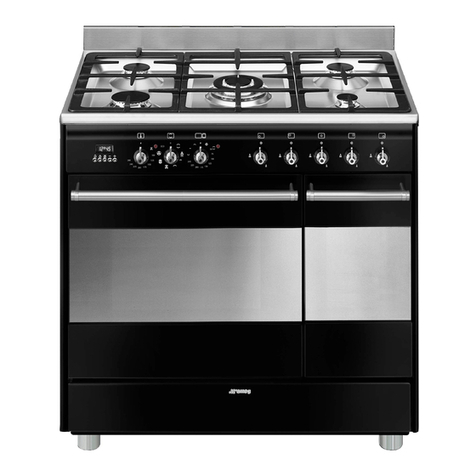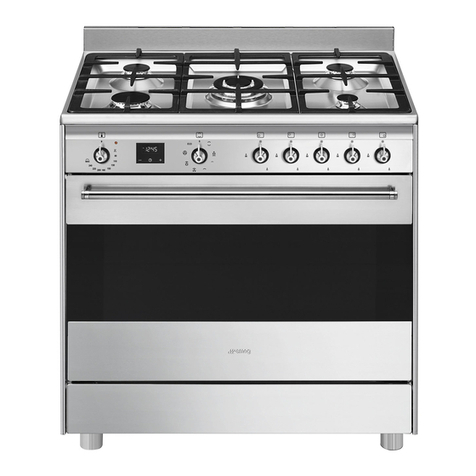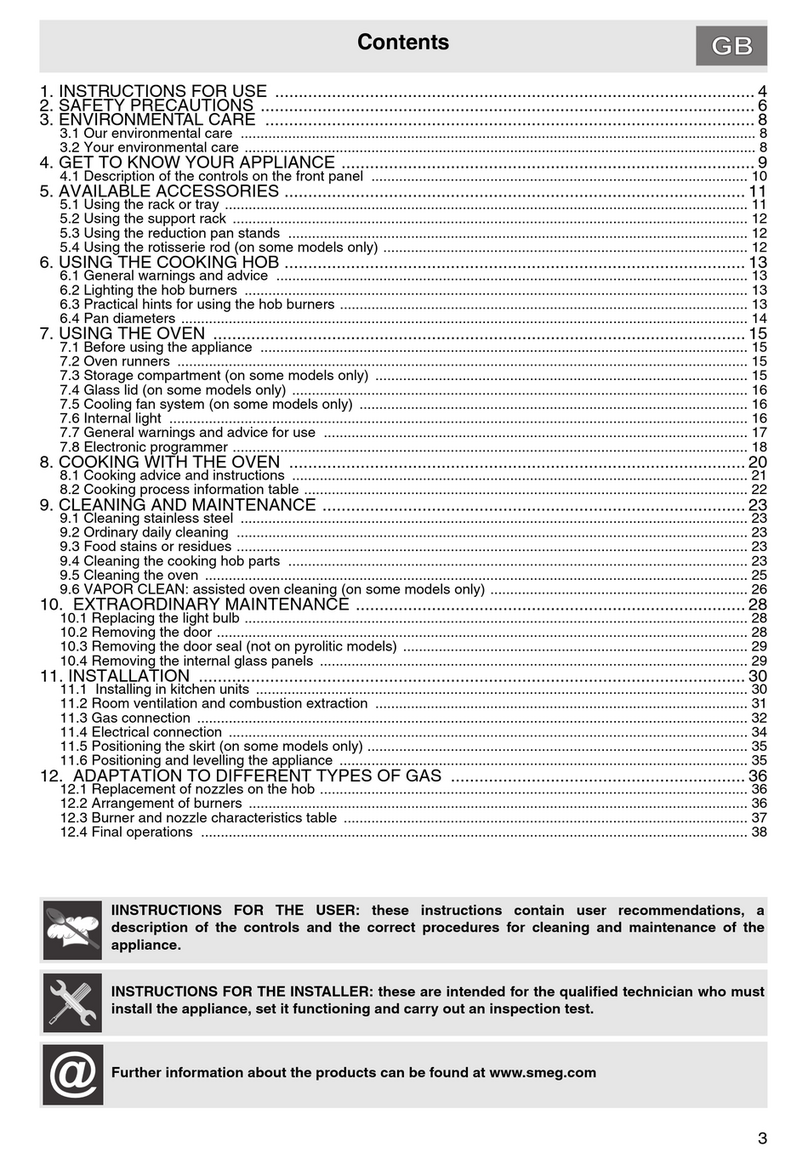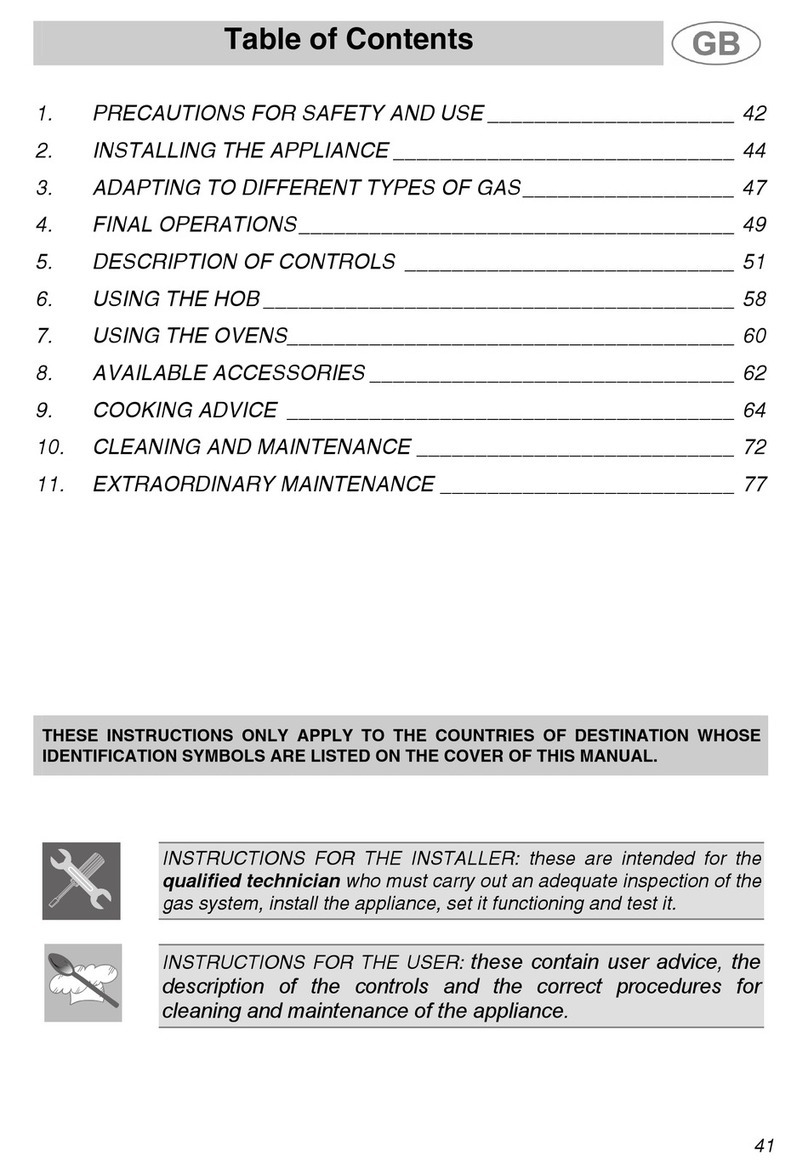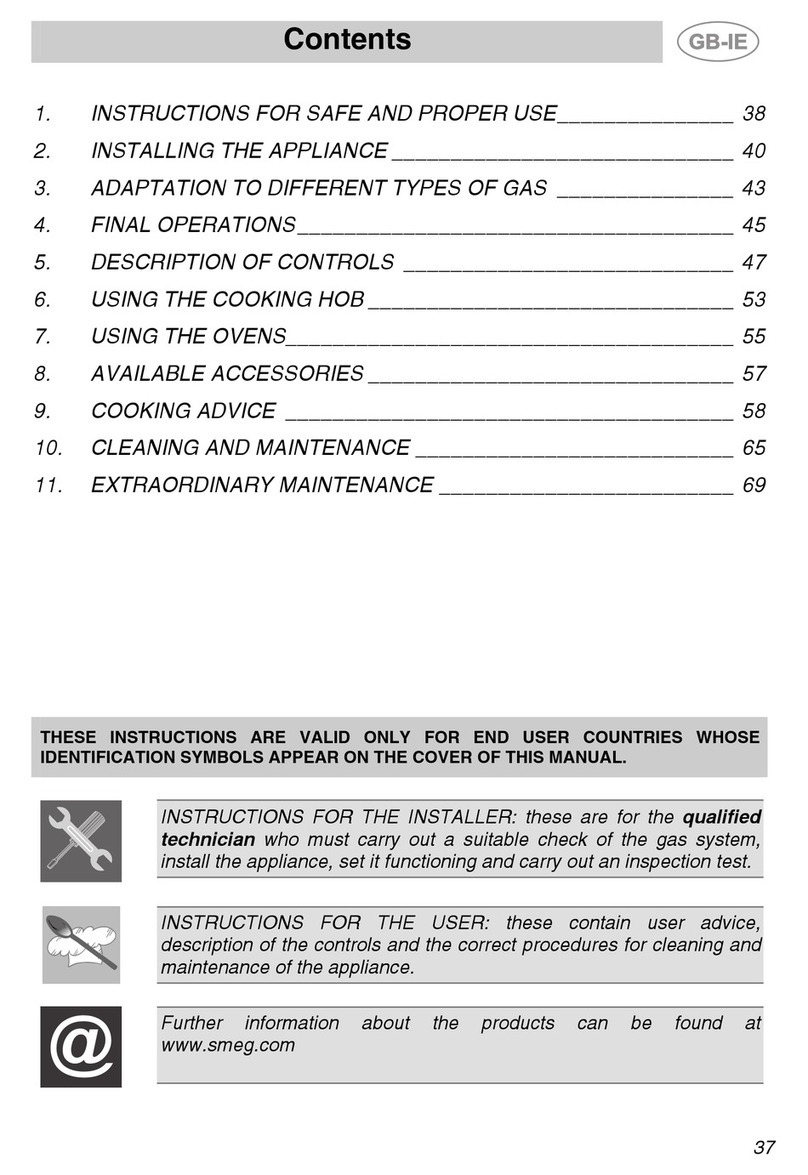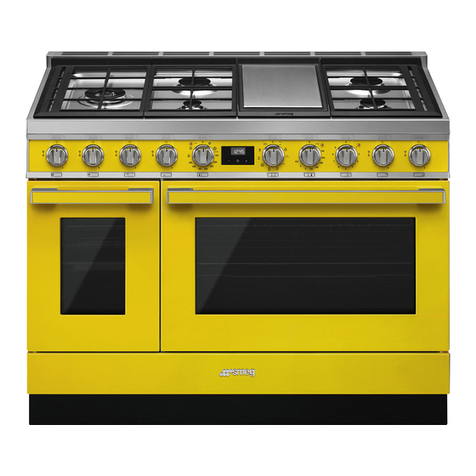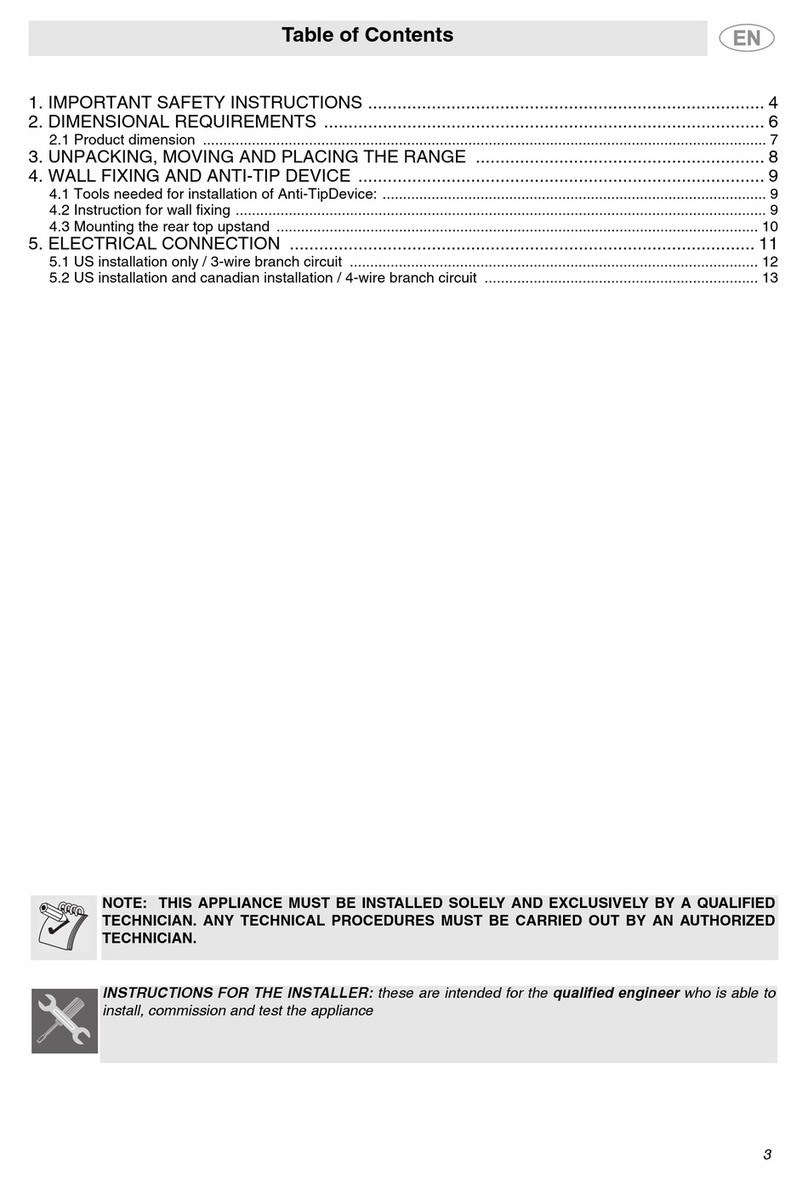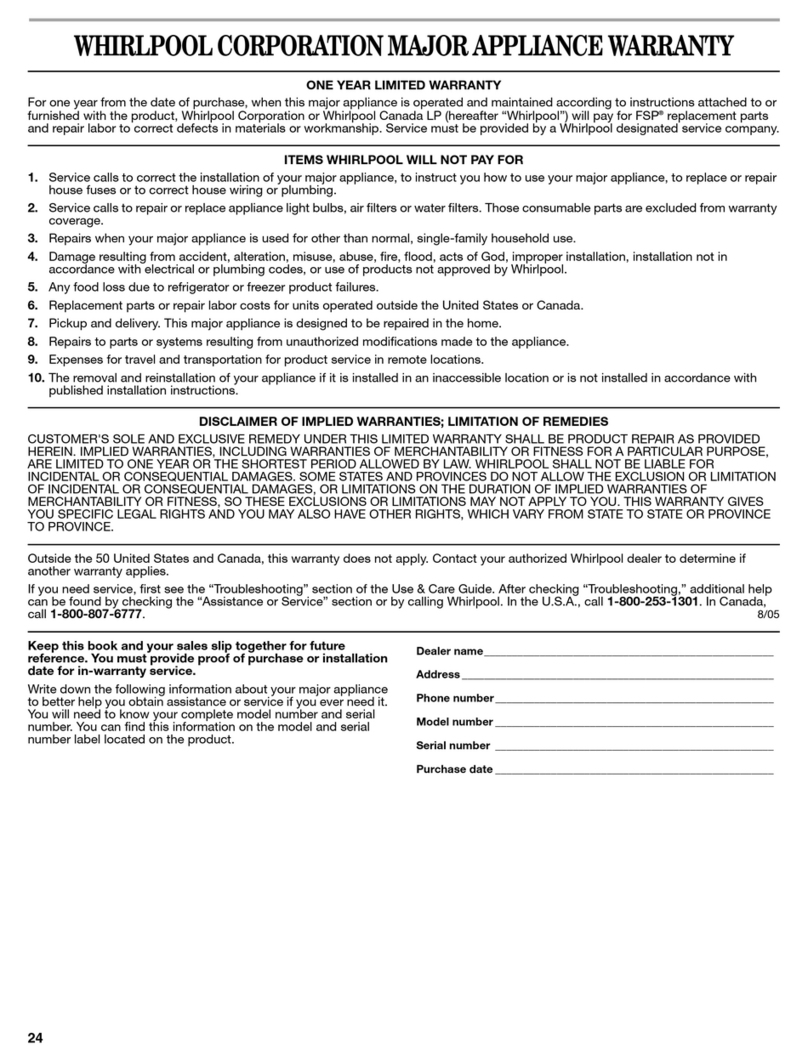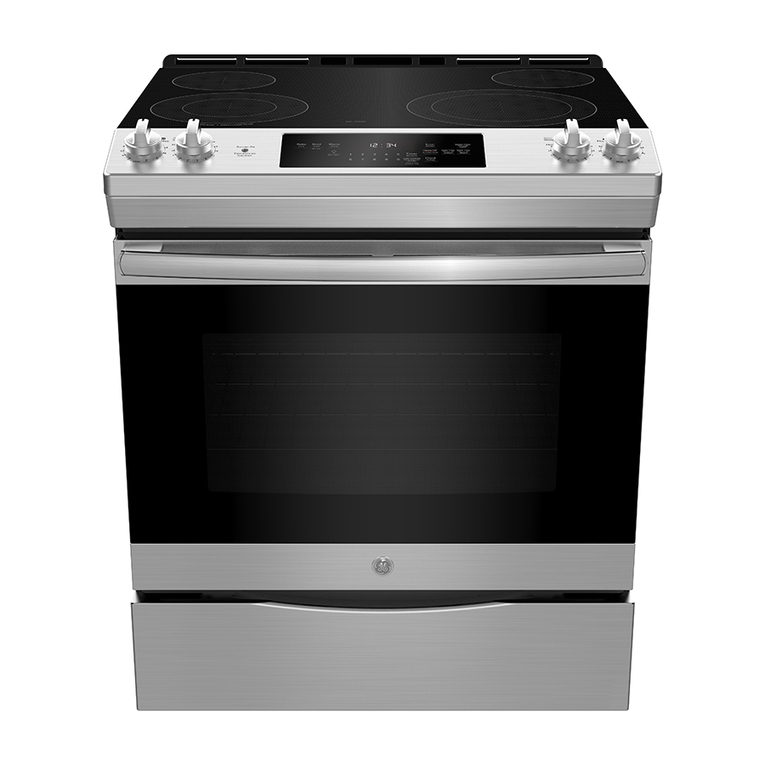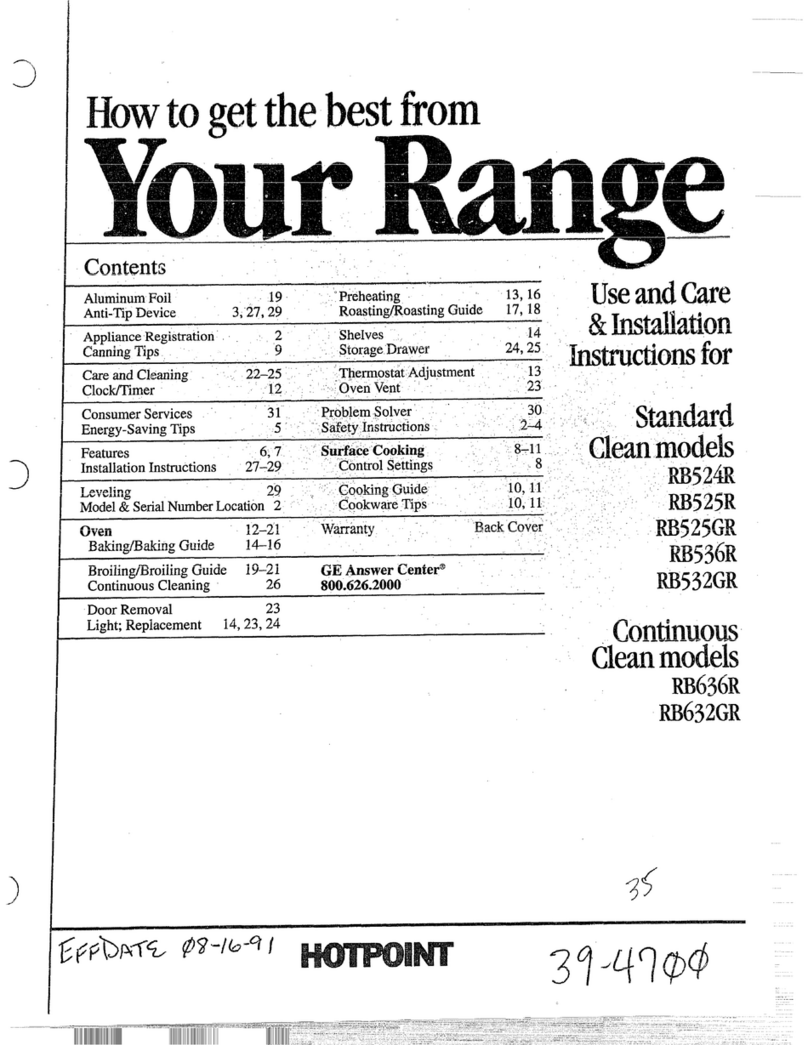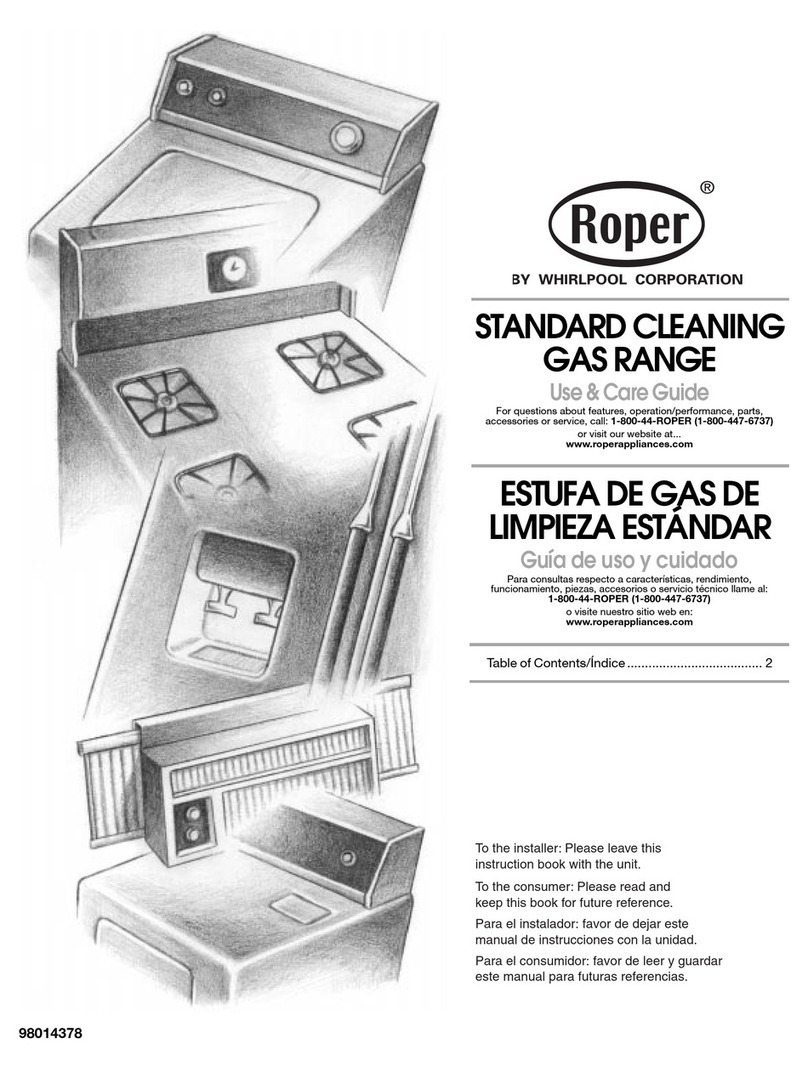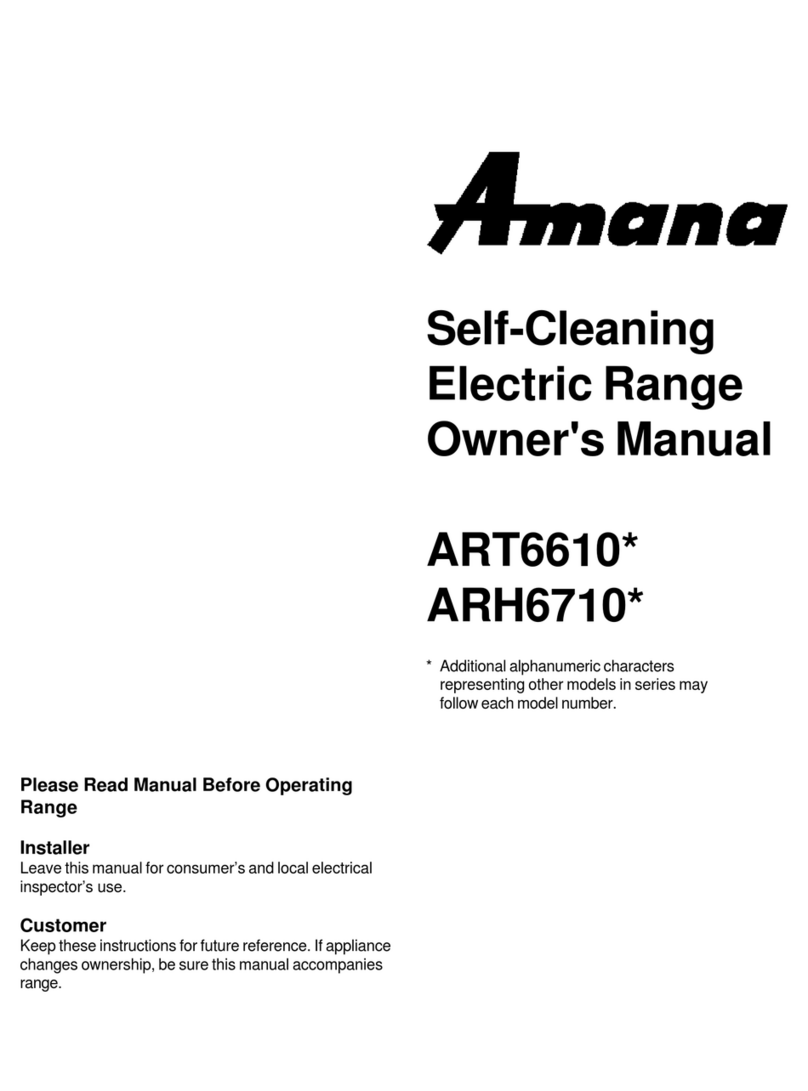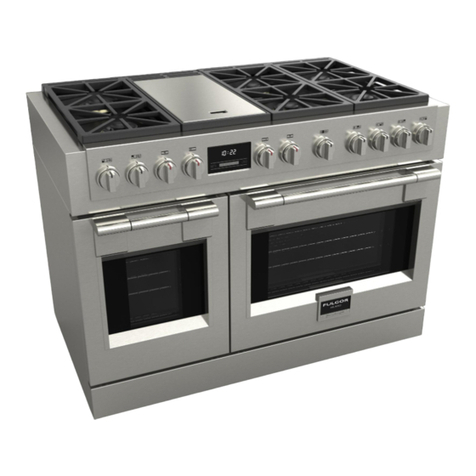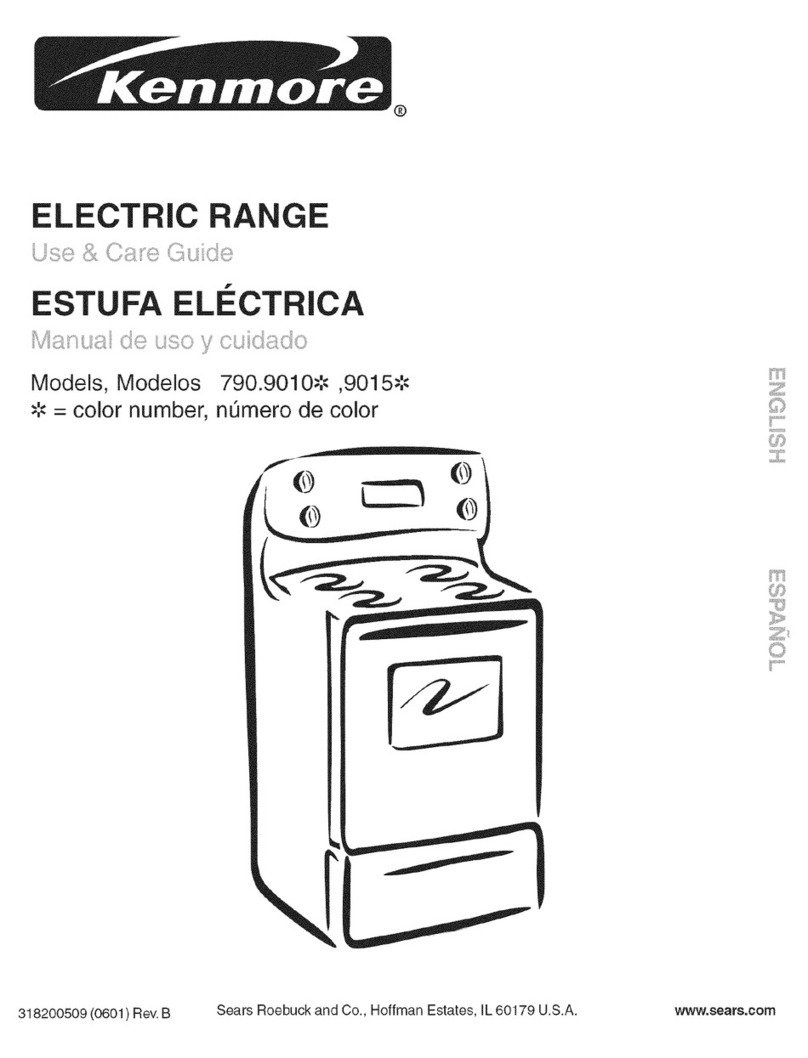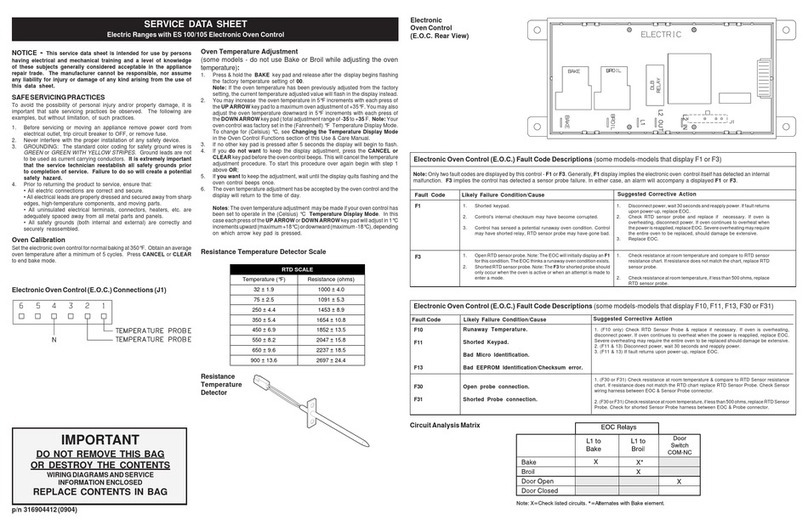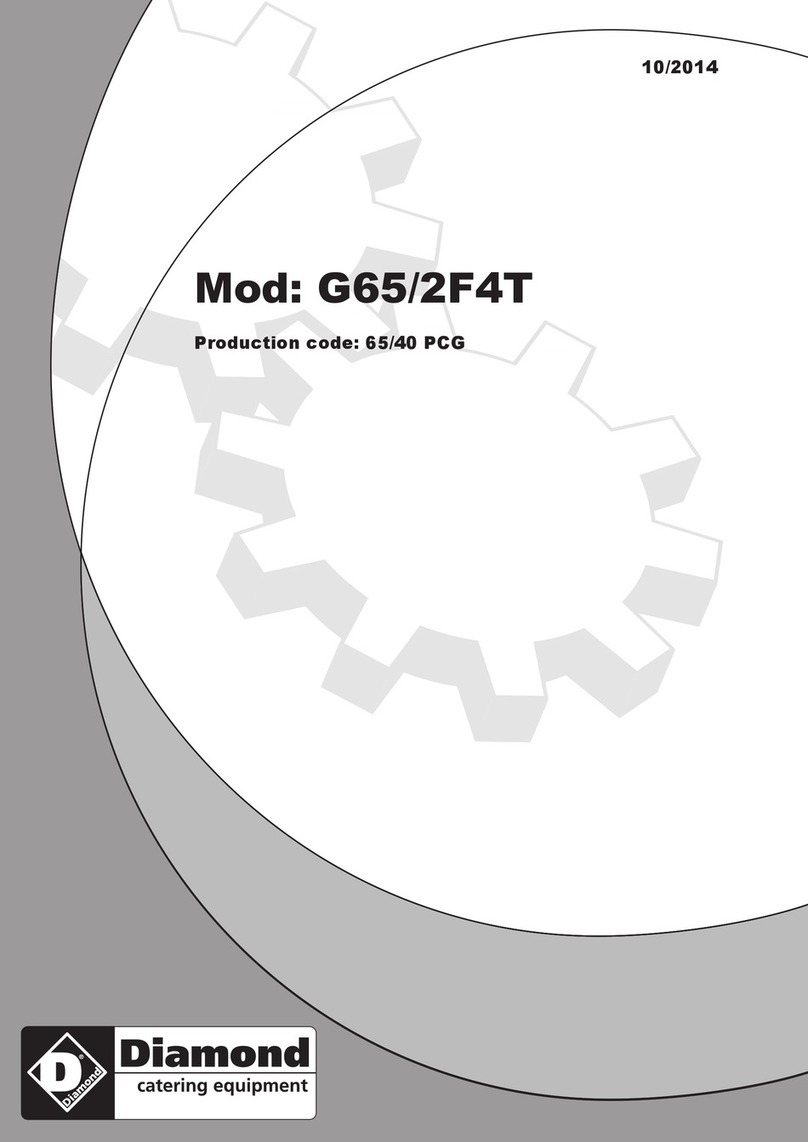
Instructions
5
EN
1 Instructions
1.1 General safety instructions
Risk of personal injury
• During use the appliance and its
accessible parts become very hot.
Never touch the heating elements
during use.
• Protect your hands wearing heat
resistant gloves when moving food
inside the oven.
• Never try to put out a fire or
flames with water: turn off the
appliance and smother the flames
with a fire blanket or other
appropriate cover.
• This appliance may be used by
children aged at least 8 and by
people of reduced physical and
mental capacity, or lacking in
experience in the use of electrical
appliances, as long they are
supervised or instructed by adults
who are responsible for their
safety.
• Children must never play with the
appliance.
• Keep children under eight years
of age at a safe distance if they
are not constantly supervised.
• Do not allow children younger
than 8 years old to come near the
appliance when in operation.
• The appliance must never be
cleaned by unsupervised children.
• Make sure that the flame-
spreader crowns are correctly
positioned in their housings with
their respective burner caps.
• Be aware of how rapidly the
cooking zones heat up. Do not let
pans heat up when dry, as there is
a danger of them overheating.
• Fats and oils can catch fire if they
overheat. Do not leave the
appliance unattended while
preparing foods containing oils or
fats. If fats or oils catch fire, never
put water on them. Place the lid on
the pan and turn off the relevant
cooking zone.
• The cooking process has to be
supervised. A short term cooking
process has to be supervised
continuously.
• During use, do not place metal
objects, such as dishes or cutlery,
on the hob surface as they may
overheat.
• Do not insert pointed metal
objects (cutlery or utensils) into the
slots in the appliance.
